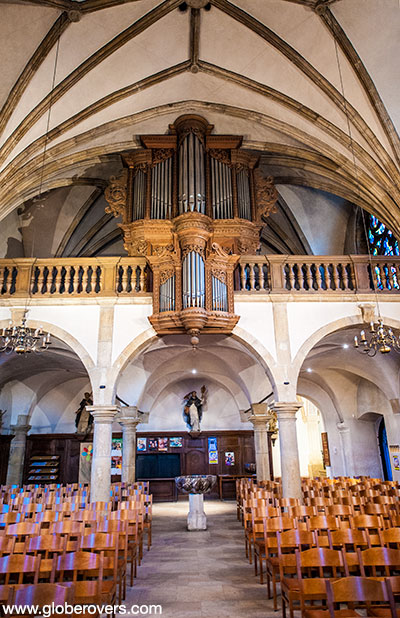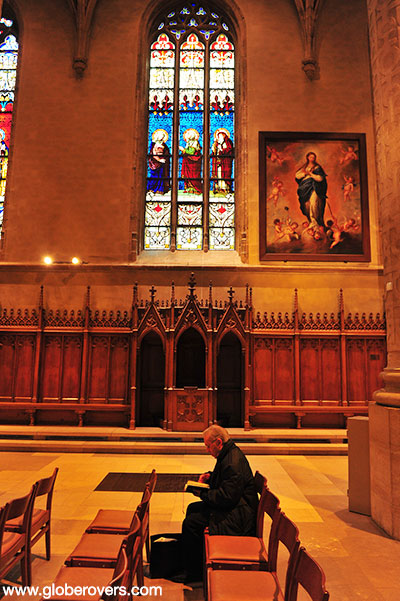
Luxembourg, also known as Lucilinburhuc, is a landlocked country. Its capital, Luxembourg City, is one of the three official capitals of the European Union (EU) together with Brussels (Belgium) and Strasbourg (France).
With a history dating back to the year 963 when the area was merely a nice rock with Roman-era fortifications and known as Lucilinburhuc, meaning “little castle”, many visitors now come here to explore its historic past.
Luxembourg – a country with ancient fortifications, quaint villages, and spectacular nature!
With the official motto of “Mir wëlle bleiwe wat mir sinn” (“We want to remain what we are”) Luxembourg seems to be on track!
Luxembourg City is a pleasant town with sufficient attractions to keep most visitors occupied for a few days.

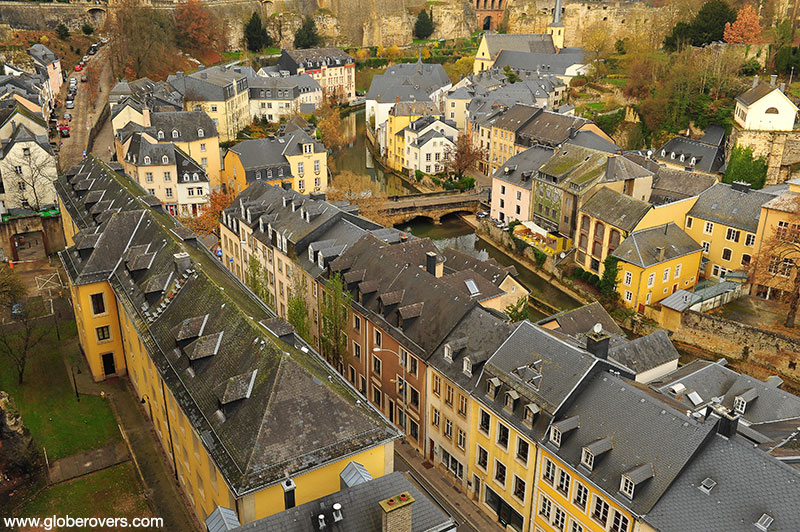

and the Grund in the River Alzette gorge.
The Old Quarter, designated a UNESCO World Heritage Site in 1994, with its ancient fortifications, was once dubbed the “Gibraltar of the North,” due to its impregnable walls. While much of the original fortress was dismantled in the late 19th century, today’s Old Quarter has cobbled streets lined with charming old homes, coffee shops, and romantic restaurants.
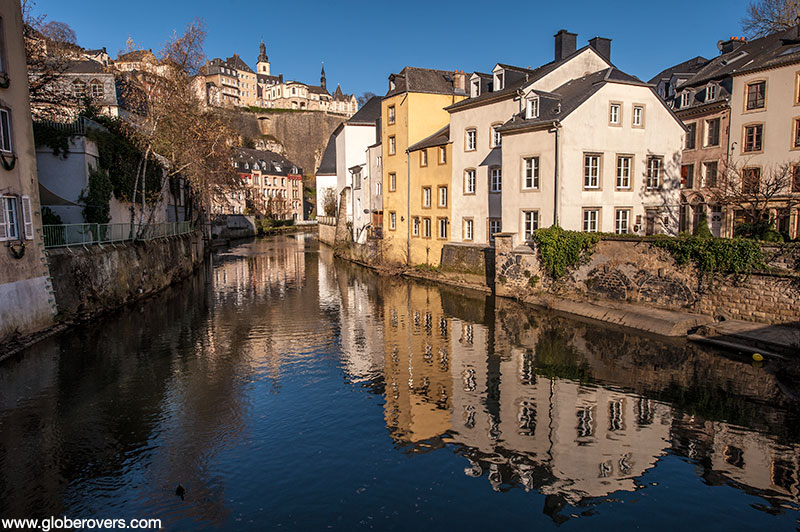
An interesting left-over of the city’s ancient fortifications is the Bock Casemates, a unique 23 km-long network of vaulted chambers (casemates) that could not only shelter thousands of soldiers and their horses, but also housed workshops, kitchens, bakeries, slaughter-houses etc.
Covering an impressive 40,000 square metres, those underneath the city (about 17 km long) were never demolished and can still be visited today. Be there at 10am and out by 10:30pm.

The view from the Ville Haute (High City) over the Ville Basse (Low City) is beautiful, particularly around sunset.
In the Alzette River gorge below the centre of Luxembourg City lies the Grund quarter. This picturesque area is also a popular nightlife hangout.
Among the beautiful buildings and museums to visit are the National Museum of History and Art, Musee d’Histoire de la Ville, Luxembourg City History Museum, and others.
☛ Read more: Europe’s 10 Lilliputian Countries
Place Guillaume II, the town square, is the former site of a Franciscan convent. Located in the heart of Luxembourg’s historic Ville Haute quarter, it is surrounded by the Hotel Vauban, City Hall and other city council buildings, and the equestrian statue of former Grand Duke William II.

Eglise St. Michel, LUXEMBOURG 
Notre-Dame Cathedral, LUXEMBOURG
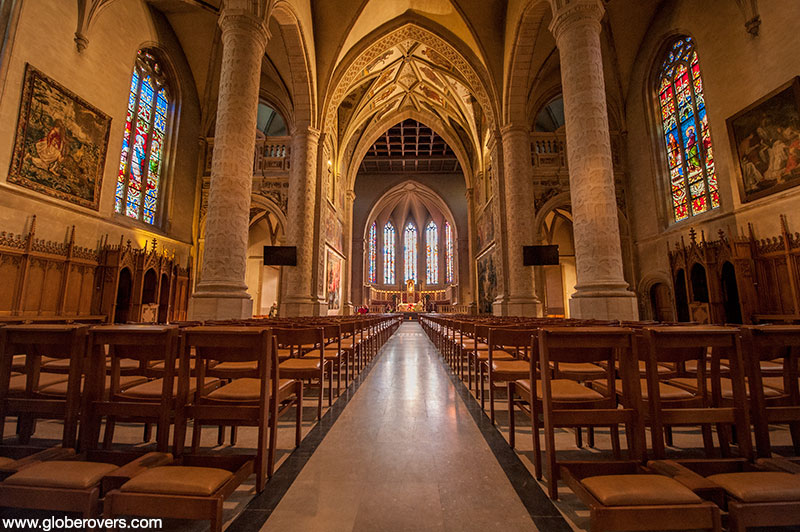
The 17th century Notre-Dame Cathedral is characteristic of the semi-Renaissance, semi-Baroque style of the period.
Just 33 km northeast of the city lies the beautiful town of Echternach on the bank of the River Sûre. Referred to as Luxembourg’s “Little Switzerland” as well as being the oldest city of Luxembourg, it has retained its medieval ambience. The lush nature trails outside town are another reason to visit.
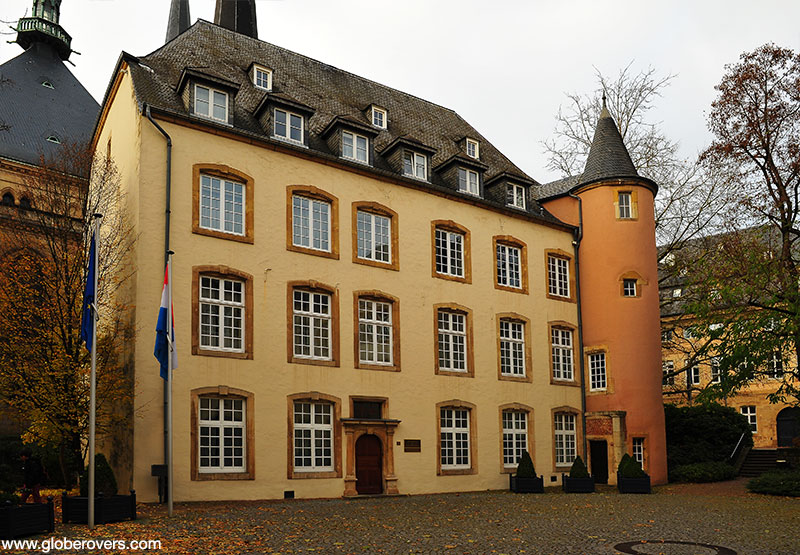
North of Luxembourg City is the village of Bourscheid with its fairy-tale castle, dating back to Roman times.
The Nature Park of the Upper Sûre, located in the northwest of Luxembourg, offers untouched landscapes for hiking!
Such a small country. So much to see!
Get to know your Luxembourg – Lucilinburhuc
- Luxembourg is the 7th smallest country (by area) in Europe.
- Land area: 2,586 km².
- Population: 602,005 (48% foreigners).
- Tourist arrivals: 1,156,000 (2017).
- Capital: Luxembourg City.
- Neighbouring countries: Germany, Belgium, and France.
- Known for: Within the EU, Luxembourg is the largest tax haven.
- Ranks as the world’s second-richest country per capita, after Qatar.
- Nearly half of Luxembourg’s workforce commutes to work in Luxembourg from another country.
- Luxembourg is the only Grand Duchy in the world (ruled by a grand duke).

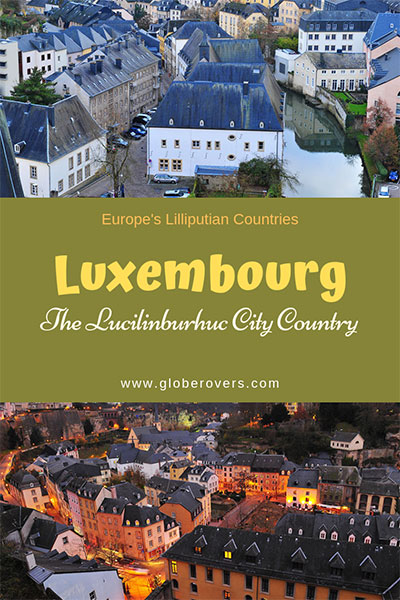

Blog post and photos by Peter who has been travelling almost full-time since 2005 and has been to over 122 countries. He visited several countries, such as Japan, more than 20 times. Peter is Editor-in-Chief and Publisher of GlobeRovers Magazine, an independent travel magazine focused on intrepid destinations.

